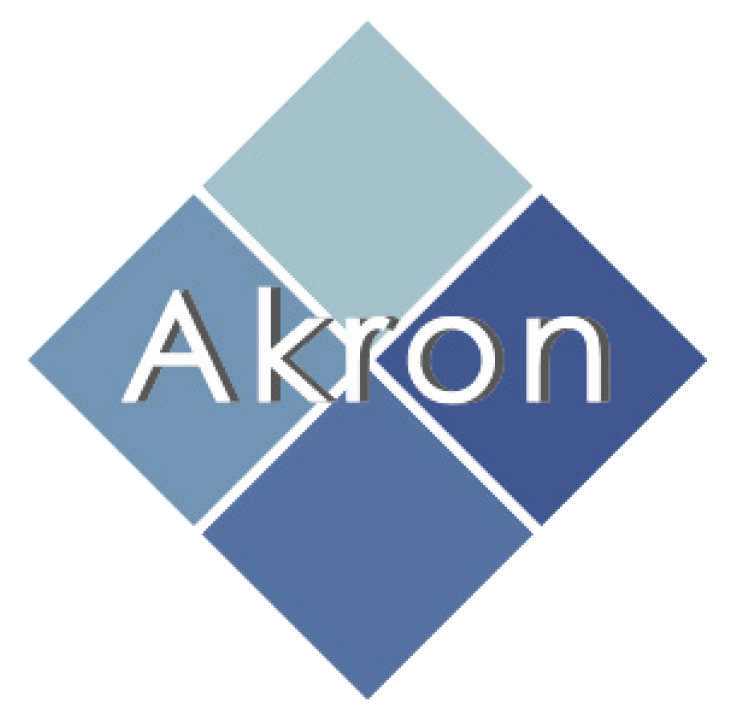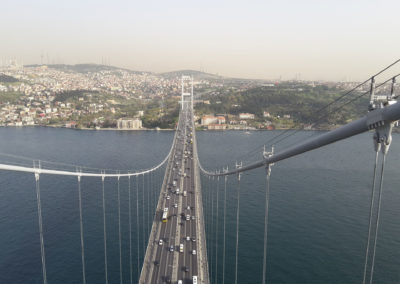Diga del Panperduto sul Fiume Ticino
Client:
IMPRESA NOTARI
Place and date:
Italy – Somma Lombardo. 2015
Services:
Structural monitoring
The Panperduto dam is one of the most important hydraulic hubs in Lombardy: from here part of the waters of the Ticino river are diverted to form the Villoresi canal, used for irrigation, and the Industrial channel. It is located within the municipal area of Somma Lombardo, in the province of Varese.
The overall work was completed with the opening, in 1886, of the first section of the Villoresi canal that reached the Bozzente stream, in Lainate. The next section was completed in 1891 to reach Cassano d’Adda.
In 1881 the canal users gathered in what is now the Est Ticino Villoresi Land Reclamation Consortium, the current owner of the Panperduto dams, which provided, with individual autonomous meetings, the completion of the secondary network and the construction of the tertiary irrigation network .
The Panperduto Dams and the water system they originate are the last piece of the Ticino system of canals that for centuries has crossed the Po plain for irrigation purposes. Thanks to these canals, over 100 thousand hectares of land are irrigated today. The navigable course in the calm basin of the Panperduto Dams allows to appreciate the operation of the regulation system of the Dams. About 700 meters long, with a variable width from 90 to 50 meters, the Panperduto Dams calm basin is formed along the left bank by the original Ticino river terrace, on the right side for the first 120 meters by a retaining wall and more downstream from a double embankment on the ground. Along the perimeter there are numerous hydraulic artifacts: a spillway (ie a device to dispose of the water in the basin when the hydraulic level is higher than expected), the intake works of the Incile and the regulation of the Villoresi canal, of the Industrial conduit , of the Navigli system and sand discharge.
In 2015, the Est Ticino Villoresi Consortium entrusts Notari with important works for the restoration, consolidation and restoration of the entire complex.
Akron has followed all the implementation phases with the supply, installation and management of a large structural monitoring system on all the parts of the plant (displacement transducers, clinometers, temperature probes, topographic leveling, etc.). The structural monitoring, remotely managed, allowed to follow all the intervention phases in order to guarantee the correctness and effectiveness of the interventions.






